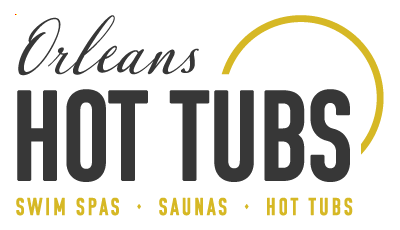Both heat therapy and cold therapy are effective ways of dealing with pain. In this article, we will look at both cold therapy and heat therapy to see how they treat pain and which is more effective in a variety of different scenarios.
COLD THERAPY
Cold therapy treatments are designed to reduce blood flow to a particular area. This reduction in blood flow also reduces the inflammation and swelling that causes pain, especially around a joint or a tendon. Cold therapy will also temporarily reduce nerve activity, which can also relieve pain for a short period of time.
Common cold therapy treatments include:
- Ice packs or frozen gel packs
- Coolant sprays
- Ice baths




